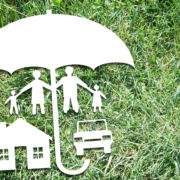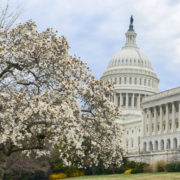New Job Stats Out: Are We Fully Employed?
“There are three kinds of lies: lies, damned lies, and statistics.”
This iconic phrase became popular due to author and humorist Mark Twain, who attributed it to then current British Prime Minister Benjamin Disraeli. You might often think of that quote from Twain when you read the latest headlines.
The new jobs report on US employment numbers may have you seeking answers to that statement. Policymakers and economists are asking whether the US is really at full employment.
So Give Me Some Numbers
On May 4th, 2018, the Bureau of Labor Statistics reported that the US unemployment rate fell to 3.9 percent, which is the lowest percentage in more than 17 years. It sounds great, and is, but the definition is critical: the unemployment rate includes anyone who is older than 16 who is actively searching for work. That’s important, because embedded in its calculation is that students, retirees and others on government assistance who are not in the labor force are excluded from that calculation.
Let’s Talk Some History
So what does full employment mean, anyway? You would think full employment would mean a jobless rate of zero, but that has never occurred. The lowest documented unemployment rate happened in 1944: the unemployment rate was 1.2 percent. What was going on then that made it happen? World War II. Millions of men were drafted to fight overseas in Europe and the jobs they left were filled by women like Rosie the Riveter.
What is NAIRU, Anyway and Why Should I Care?
The government has an acronym for just about anything, including an acronym for the jobless rate. It’s called NAIRU, and stands for Non-Accelerating Inflation Rate of Unemployment. But NAIRU really doesn’t take into consideration the number of people who have given up looking for work or who are between jobs. Our jobless rate declares that we are in full employment. It essentially means that so few workers are available that companies need to begin raising wages in order to attract workers.
So right now, the Congressional Budget Office puts NAIRU at 4.8 percent which is slightly above the unemployment rate. What that means is that the US is considered to be at full employment, which means wages should be going up, but they really aren’t in most areas of the country..
So Let’s Head Deeper Into the Weeds
The Federal Reserve also takes into account the definition of full employment because it helps to set interest rates. The Fed tends to lower rates when unemployment is somewhat high and raise them when we are at full employment and wages are increased.
These latest reports say the US is technically at full employment, but paychecks are not catching up, so it remains to be seen if the Fed will continue to inch up interest rates.
So What Can You Expect From Us?
At Partners Direct Insurance, we know that what the Federal Reserve does impacts your bottom line. We also know the cost of providing insurance is on your mind if you are a business owner. That’s why at Partners Direct Insurance, we want to know you and your insurance needs inside-and-out, so we can tailor-make insurance policies based on what is best for you, your business and your employees. We take time to work with you to find the best solutions at the most competitive prices.Contact us and let us know how we can assist you!













